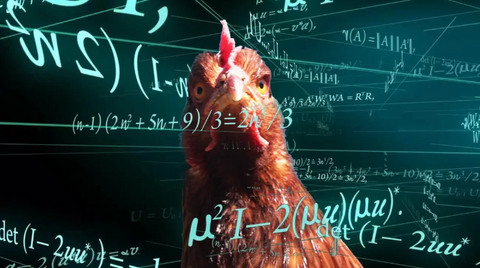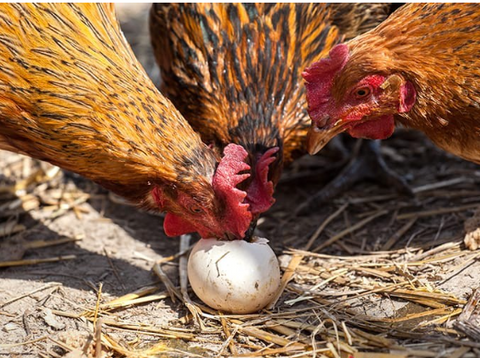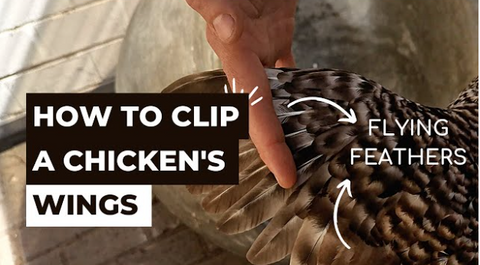🐔 Chicken Math Explained: Why 5 Hens Somehow Turn Into 35
If you’ve been keeping chickens for more than… oh, let’s say, five minutes, then you’ve probably already stumbled across a strange poultry phenomenon known as Chicken Math.
So, what exactly is Chicken Math?
In short, it’s the magical, mysterious, and totally illogical way that backyard chicken numbers multiply (sometimes faster than rabbits 🐇). It’s how you start with five hens, and before you know it, your yard is full of colored egg layers, a couple of bantams, maybe a duck or two… and wait—are those Guinea Fowl?
Yep. That’s Chicken Math.
The Rules of Chicken Math (That Make No Sense, But Somehow Do)
Every chicken keeper has their own version of the rules, but here are some of the classics:
✨ Bantams only count as ⅓ of a chicken.
🥚 Hatching eggs don’t count at all (they’re just “potential” chickens).
🐥 Chicks? Nope—they don’t count either.
👵 Older hens are worth only ¾ of a chicken (because they lay less).
🐓 Roosters? No matter how many you have, they collectively count as 1 chicken.
🦆 Ducks, geese, and turkeys don’t get added into the flock total—those are covered by completely separate math equations.
Basically, Chicken Math is what happens when logic goes out the window and chicken keepers keep telling themselves…
“It’s just a few more chicks, honey!”
Chicken Math in Action
Here’s how it usually plays out:
-
You start with 4 hens “just for eggs.”
-
Then you add a couple of colorful egg layers 🌈.
-
Next, you stumble across a rare or ornamental breed (because how could you not?).
-
Before you know it, you’ve pre-ordered some bantams and are eyeing a bigger coop.
-
And of course, “since there’s extra room now,” you might as well add a few more.
By this stage, your 4 hens have somehow become… oh, about 24. And if you’re not careful, 24 can turn into 50 before you can say “fresh omelet.” 🍳
The Bottom Line
Chicken Math isn’t about numbers—it’s about the irresistible charm of chickens. Every fluffy chick, every quirky breed, and every egg color justifies adding a few more to the flock.
So if you’ve found yourself googling “bigger chicken coops” while muttering “Well, bantams don’t really count”—congratulations, you’ve officially caught the Chicken Math bug.
Don’t worry, you’re in good company. 😉




